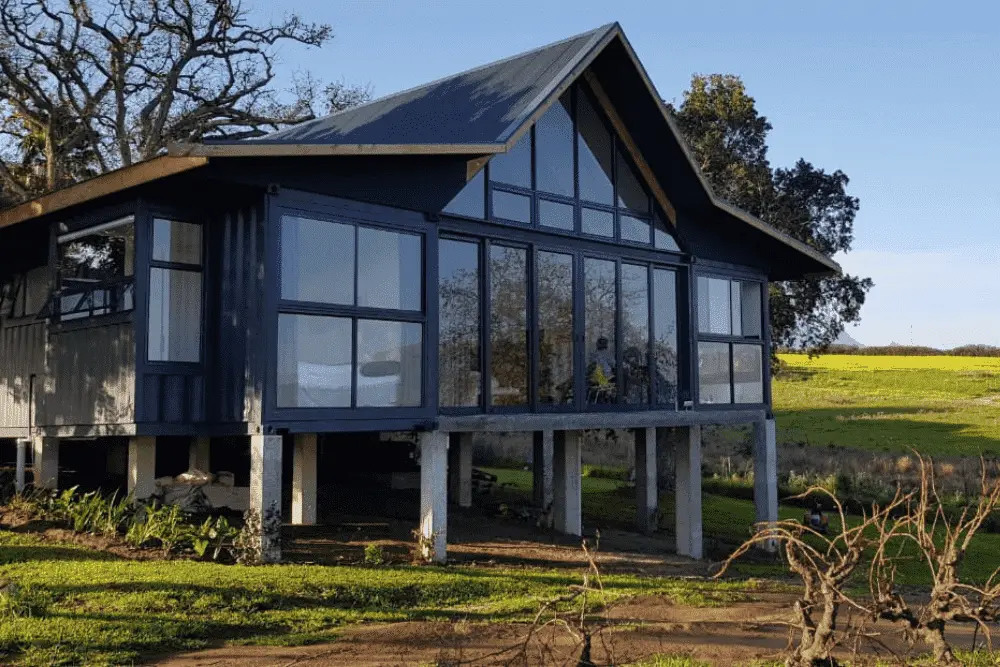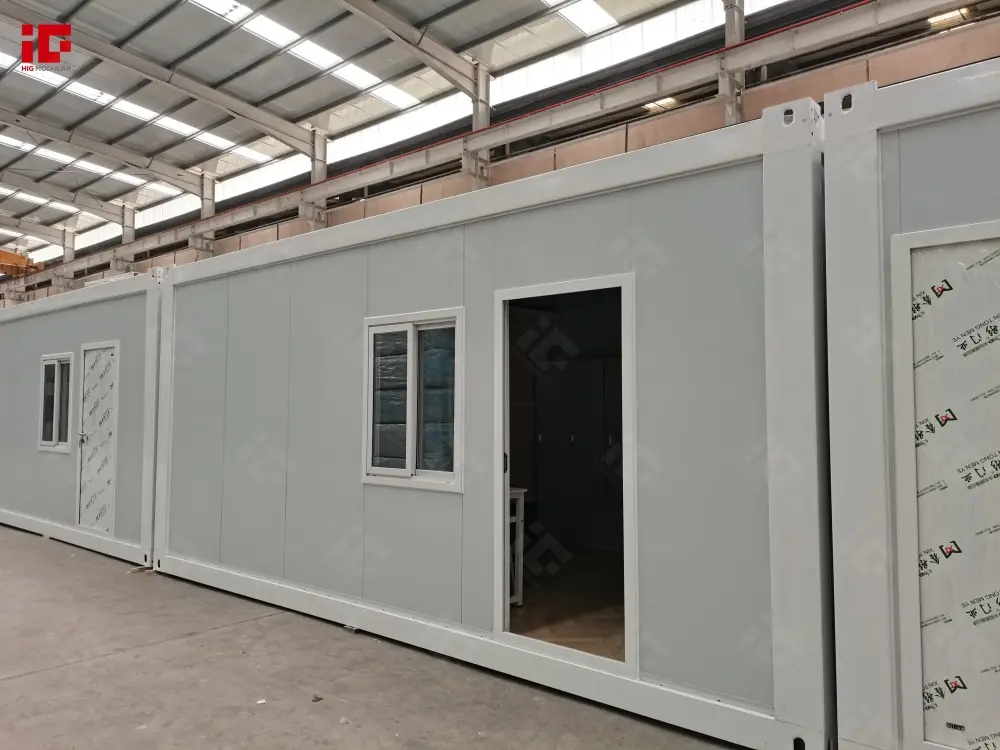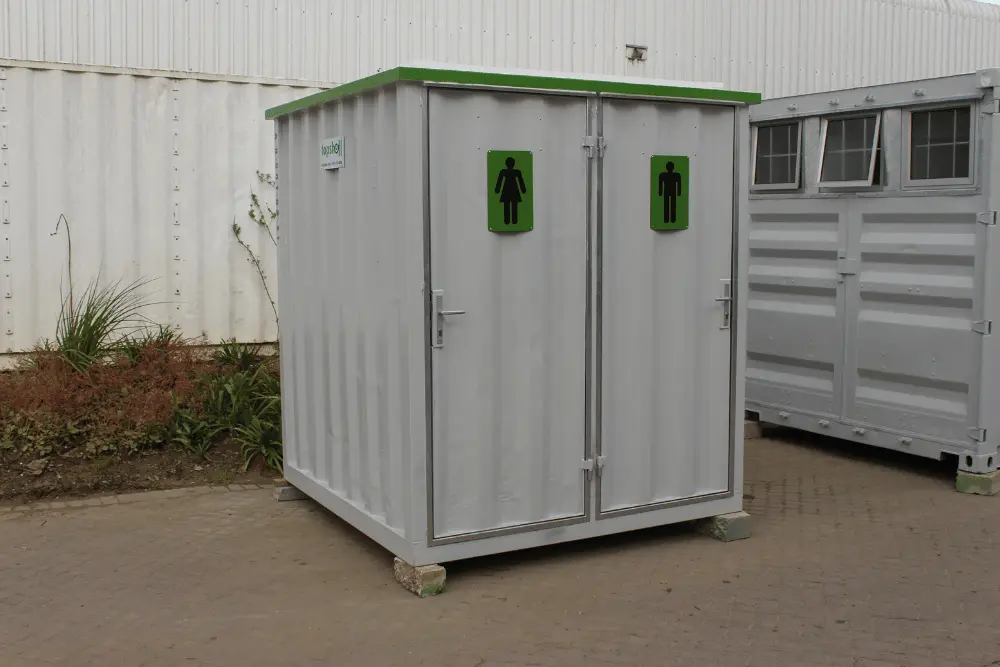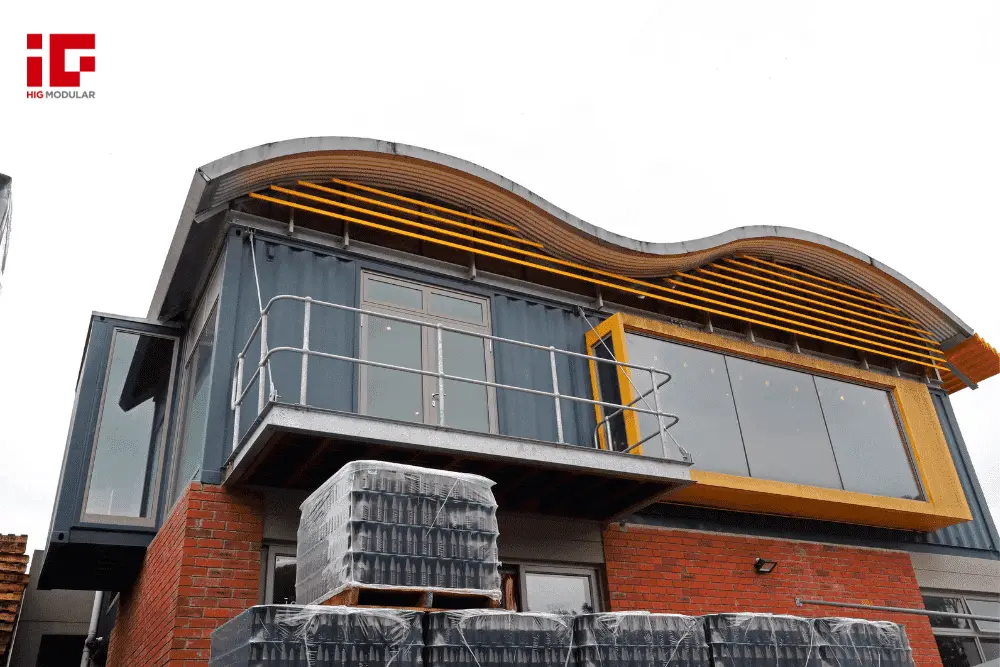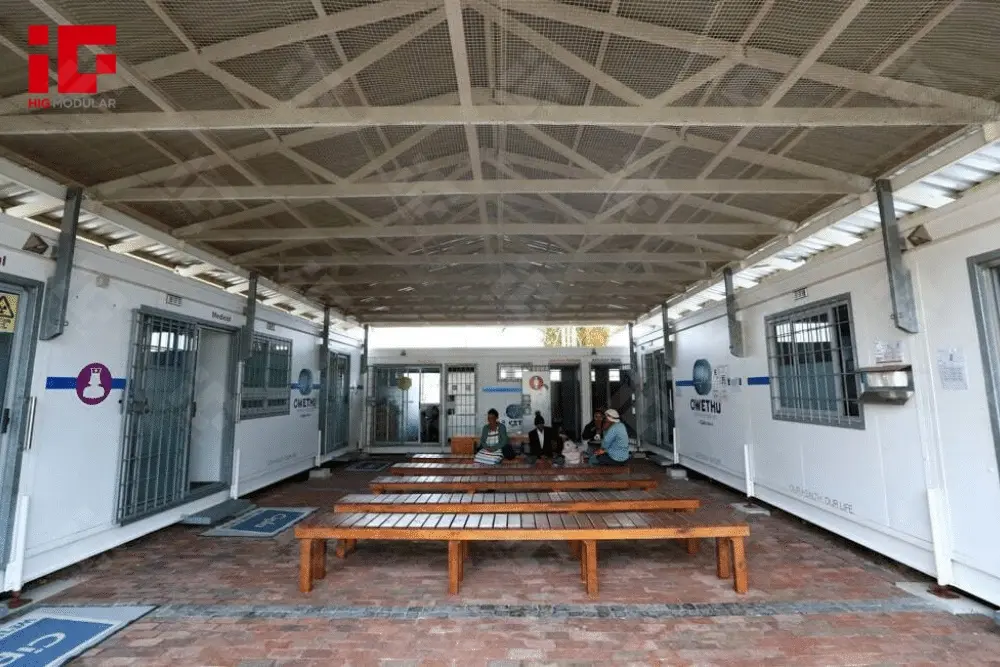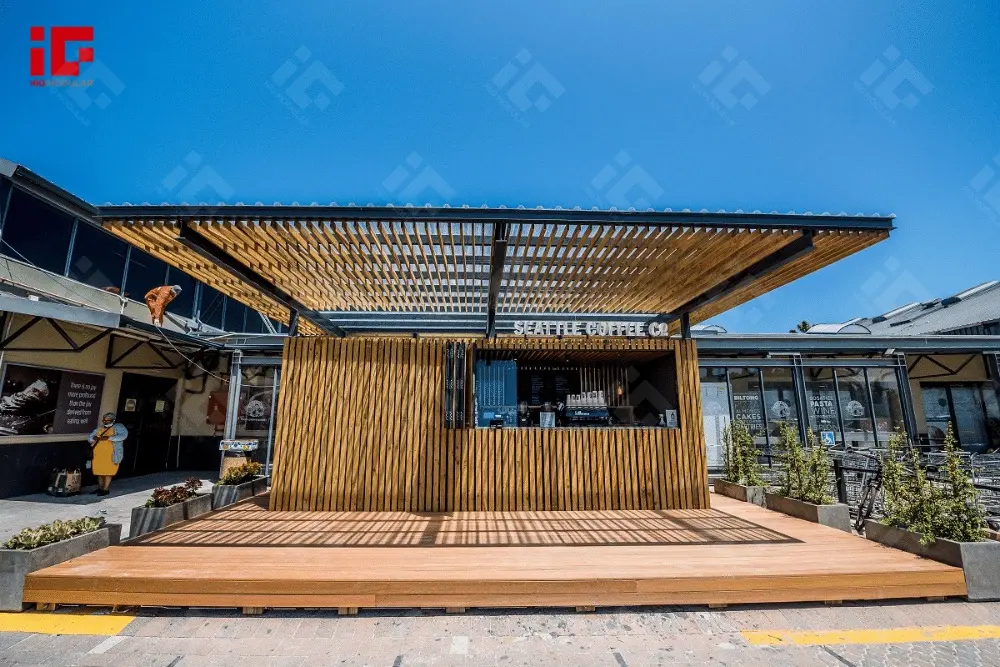News Categories
Featured News
0102030405
Advantages of Shipping Container Houses
2025-07-15
Shipping Container Houses have revolutionized the housing industry by turning discarded steel boxes into spaces of comfort, creativity, and sustainability. The two-container design featured in the images—with its expanded floor plan, large glass doors, and customizable interior—dispels the myth that container homes are inherently small or utilitarian. Instead, they showcase a range of advantages that make them an attractive choice for homeowners, developers, and environmentalists alike. From cost savings to eco-friendliness, flexibility to durability, container houses offer a compelling alternative to traditional construction.
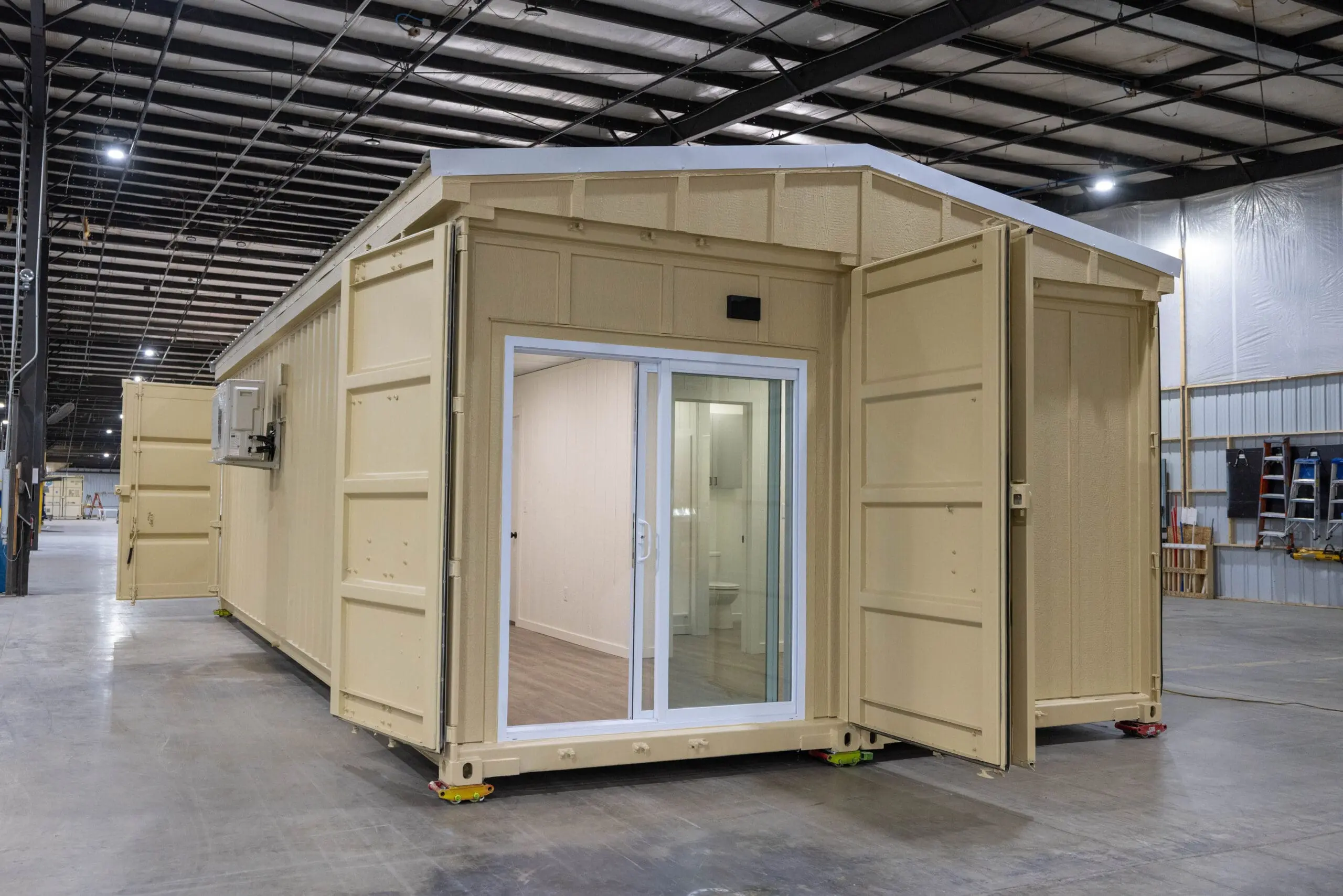
Unmatched Cost-Effectiveness
One of the most significant advantages of shipping container houses is their affordability. The base material—used shipping containers—costs a fraction of traditional building materials like brick or lumber. A 20-foot container can start as low as $1,500, while a 40-foot unit ranges from $3,000 to $5,000. When compared to the average cost of building a home ($150–$500 per square foot in the U.S.), container homes typically cost 30–50% less. The two-container design in the images, for example, creates a 640-square-foot space at a fraction of the cost of a similarly sized traditional home. Additionally, the modular construction process reduces labor costs: containers are prefabricated in factories, so on-site work is minimal. For budget-conscious buyers or investors, this translates to faster returns and lower long-term expenses, as container homes require less maintenance due to their durable steel structure.
Sustainability: A Greener Choice
In an era of climate crisis, sustainability is no longer a luxury—it’s a necessity. Shipping container houses excel in eco-friendliness by repurposing materials that would otherwise end up in landfills. The steel in a single container can take up to 50 years to decompose, but repurposing it eliminates the need for new steel production, which accounts for 8% of global carbon emissions. Moreover, container homes can be designed to be net-zero energy: solar panels, rainwater harvesting systems, and energy-efficient appliances reduce their environmental footprint. The large windows and glass doors in the images maximize natural light, cutting down on electricity use for lighting. For environmentally conscious consumers, container homes offer a way to live lightly on the planet without sacrificing comfort or style.
Flexibility and Customization
Perhaps the most exciting advantage of shipping container houses is their flexibility. Containers can be stacked, joined, or modified to create virtually any layout—from a compact studio to a multi-story mansion. The two-container design demonstrates this perfectly: by removing a shared wall, the units merge into a spacious open plan, with room for a living area, bedroom, and kitchen. Homeowners can customize interiors with features like lofted bedrooms, built-in storage, or even indoor gardens. For those who value mobility, container homes can be transported to new locations, making them ideal for digital nomads or those who love to travel. In urban areas, container homes can be used as backyard offices or guest houses, adding value to existing properties. The only limit is imagination—and with 3D modeling software, even that is expanding.
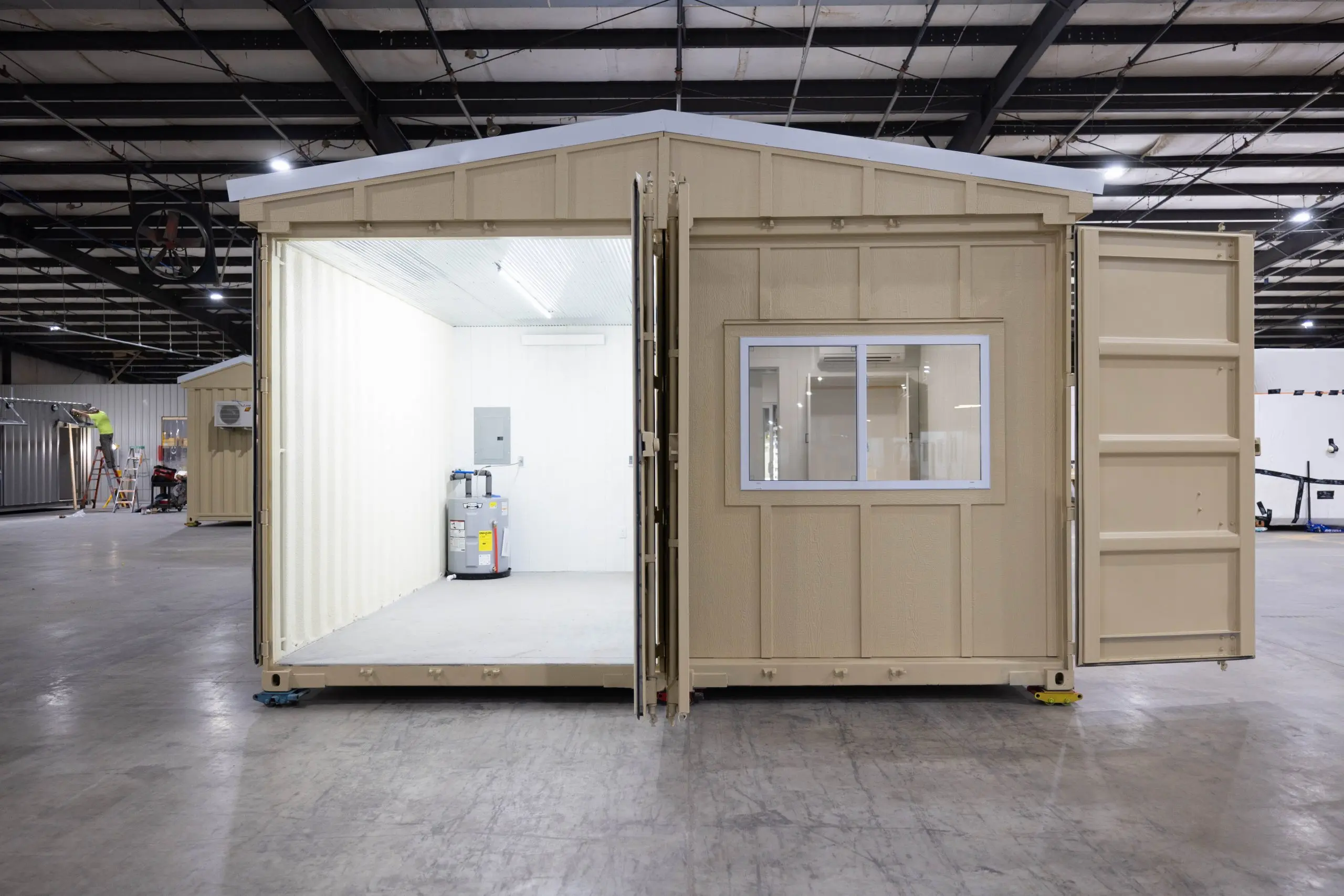
Durability and Structural Strength
Shipping containers are built to withstand the harshest conditions: they’re designed to be stacked 9 units high on cargo ships and endure extreme weather, from hurricanes to blizzards. This inherent durability makes them safer than traditional homes in disaster-prone areas. The steel structure is fire-resistant, termite-proof, and resistant to rot or mold. In coastal regions, containers can be treated with anti-corrosive coatings to prevent rust from saltwater. The two-container home in the images, with its reinforced corners and weatherproof roofing, is a testament to this strength. For homeowners, this means peace of mind: container homes require little maintenance and can last for decades with proper care. Insurance companies also recognize their resilience, often offering lower premiums for container-based properties.
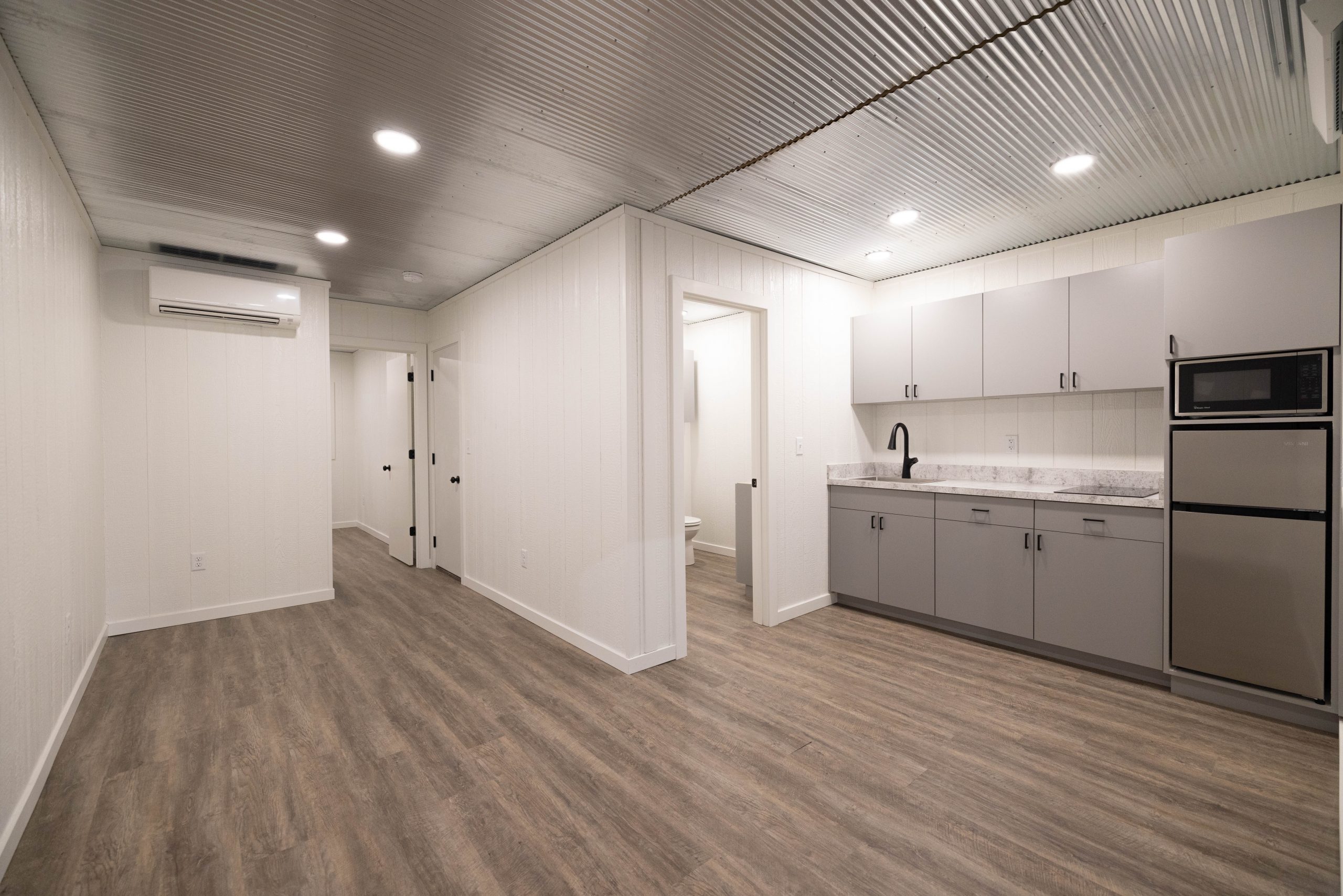
Rapid Construction and Minimal Disruption
Traditional home construction can take 6–12 months, but container homes can be ready in 3–6 months—sometimes even faster. Since most of the work is done in a factory, on-site construction is limited to assembling the containers and connecting utilities. This reduces noise, dust, and waste, making container homes a good choice for urban areas or eco-sensitive sites. The two-container design, for example, can be assembled in days once the foundation is laid. For developers, this means faster project completion and quicker returns on investment. For homeowners, it means moving into their dream home sooner—without the stress of a lengthy construction process.
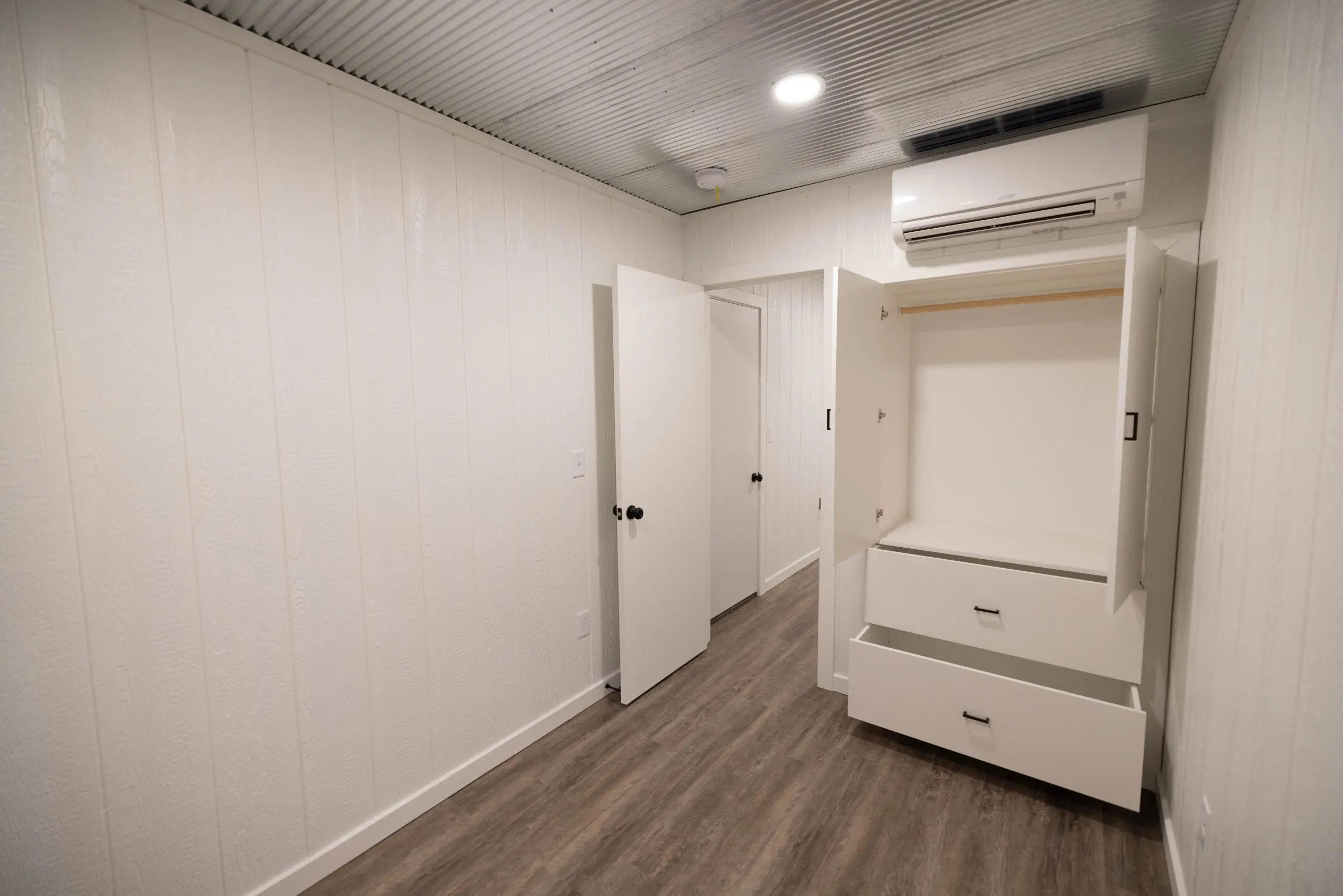
Conclusion
Shipping container houses are more than just a trend—they’re a smart, sustainable, and adaptable solution to modern housing challenges. The two-container design highlighted in the images encapsulates their core advantages: affordability, eco-friendliness, flexibility, durability, and speed. Whether you’re a first-time homebuyer, a developer, or someone looking to reduce their environmental impact, container homes offer a compelling package. As the construction industry evolves, shipping container houses will continue to gain popularity, proving that innovation can come from the most unexpected places. In a world where housing needs are growing and environmental concerns are urgent, container homes are not just an option—they’re the future.



